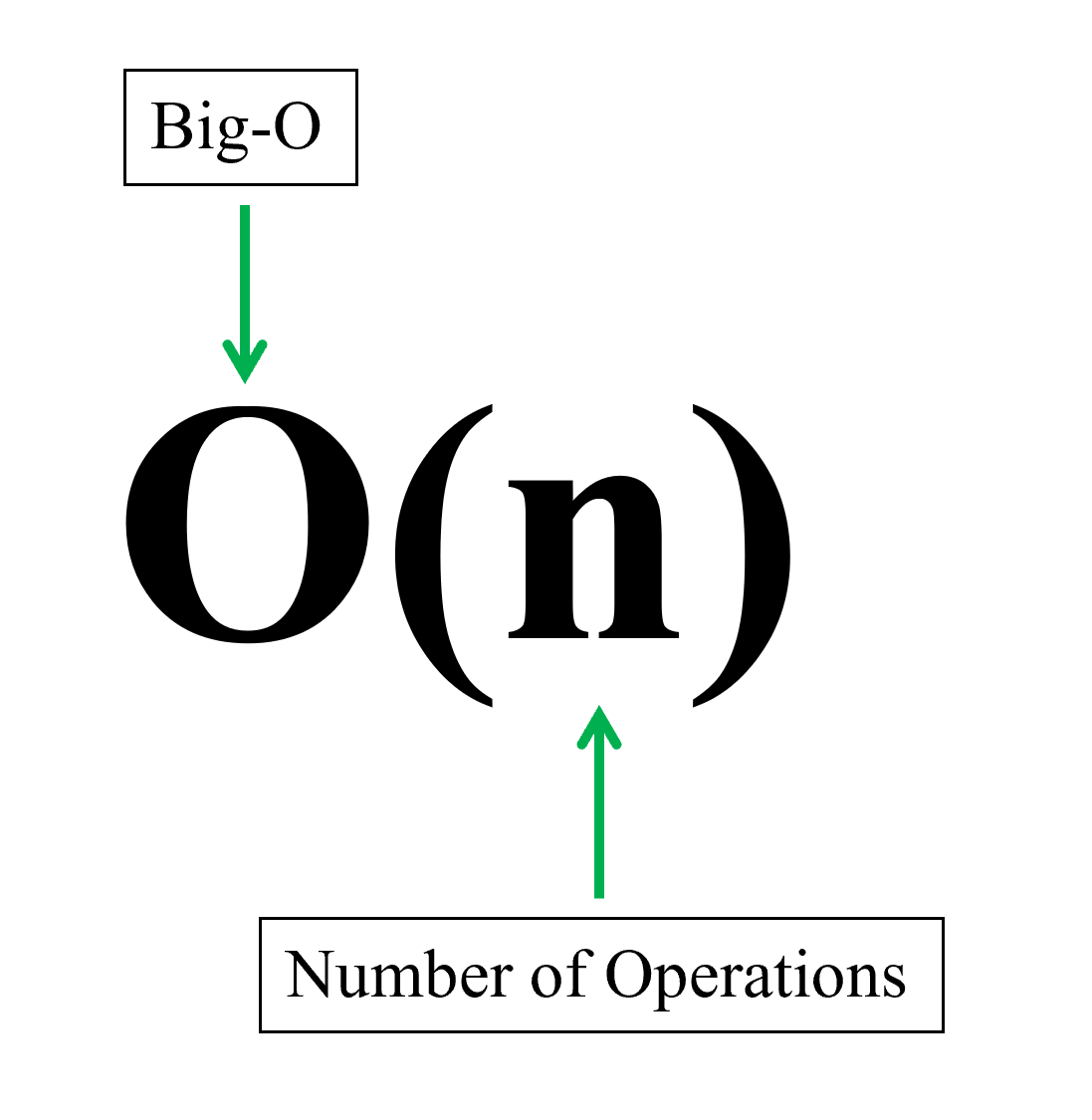-

Sorting Like a Card Player: A Deep Dive into Insertion Sort!
Welcome back to our algorithm exploration series! We’ve looked at how to select items and how some basic sorts like Bubble Sort and Selection Sort work. Today, we’re examining another intuitive sorting algorithm that many of us might have used without even knowing its name: Insertion Sort. What is Insertion Sort? Insertion Sort is a…
-

Pick the Best, Sort the Rest! Understanding Selection Sort – P5
Hello again, algorithm enthusiasts! In our ongoing journey to master the basics, we’ve explored searching and even dipped our toes into sorting with Bubble Sort. Today, we’re looking at another fundamental sorting algorithm that has a very methodical way of getting things in order: Selection Sort. What is Selection Sort? Selection Sort is an in-place…
-

Rise of the Bubbles! Understanding Bubble Sort – P4
Hey algorithm explorers! Welcome back to our series where we untangle the fascinating world of algorithms. We’ve looked at how to search for items with Linear and Binary Search. Now, let’s switch gears and start exploring sorting algorithms – methods to arrange items in a specific order. First up is one of the most intuitively…
-

Zoom In! Master Binary Search for Lightning-Fast Lookups! – P3
Welcome back to our algorithm adventure! Last time, we explored the straightforward Linear Search. Today, we’re leveling up and diving into a much faster method for finding items in a collection: Binary Search. If you need to find something quickly in a large, ordered dataset, Binary Search is your go-to hero! What is Binary Search…
-

Cracking the Code: A Beginner’s Guide to Linear Search! – P2
Hey everyone, and welcome to our blog series where we break down basic algorithms and their complexity! If you’re new to the world of algorithms or just want to brush up on your fundamentals, you’re in the right place. Today, we’re starting with one of the simplest yet foundational searching algorithms out there: Linear Search….
-

Decode Big O: Understanding Algorithm Complexity Without the Headache! – P1
You’re already writing code that works, which is fantastic! But as you move forward in your careers, you’ll encounter challenges where simply working isn’t enough. You’ll need code that performs well, even when dealing with massive amounts of data. This is where a fundamental concept comes in: Algorithm Complexity. Don’t let the fancy name scare…
All Categories
- AI (3)
- AWS (2)
- Data (1)
- Data Structure and Algorithm (11)
- Design Pattern (7)
- Python (3)
- Web (0)
All Tags
AI (1) ai agent (1) Algorithm Complexity (1) Athena (1) automation (1) AWS (2) BigO (1) Binary Search (1) Brute-Force String Search (1) Bubble Sort (1) Builder Design Pattern (1) Caching (1) Data Structure and Algorithm (11) Dependency Injection (1) Design Pattern (7) DI (1) Factory Design Pattern (1) Fine-Tuning (1) Glue (1) Insertion Sort (1) Interpolation Search (1) Linear Search Algorithm (1) LLM (1) mcp (2) Merge Sort (1) n8n (1) Observer Design Pattern (1) Python (4) Quick Sort (1) RAFT (1) RAG (1) Repository Design Pattern (1) Search Algorithm (1) Selection Sort (1) Singleton Design Pattern (1) Sort Algorithm (1) Spark (1) SQL (1)
My Personal Knowledge Archive
This blog serves as my personal knowledge archive, where I store articles that I find interesting or generate content on topics I want to explore. The posts here are either AI-generated based on subjects I’m curious about or articles I’ve come across and wish to save for future reference. Since the content hasn’t been fully verified, this blog is not intended to be an authoritative source but rather a space for personal learning and storage.